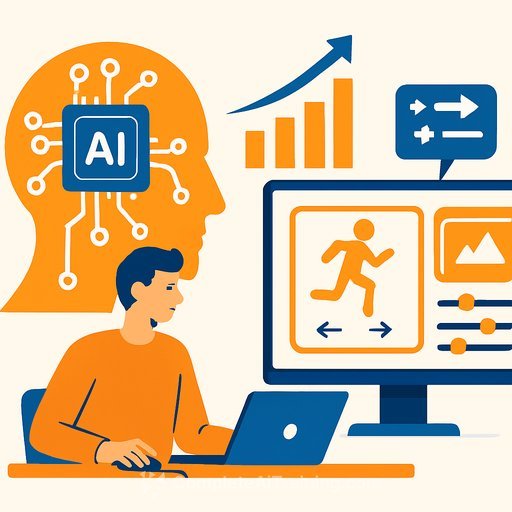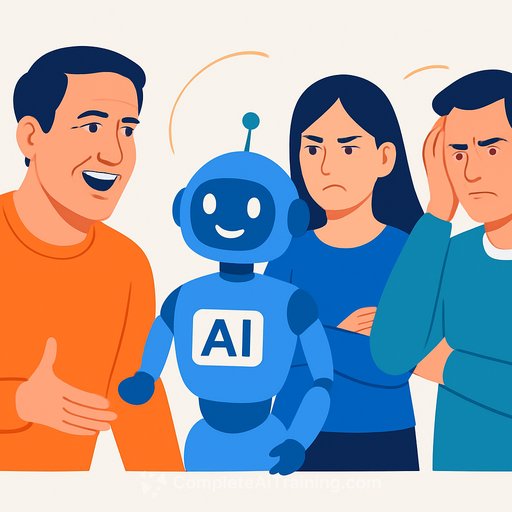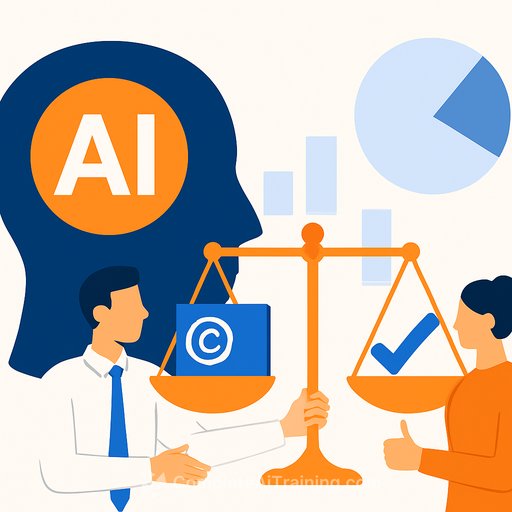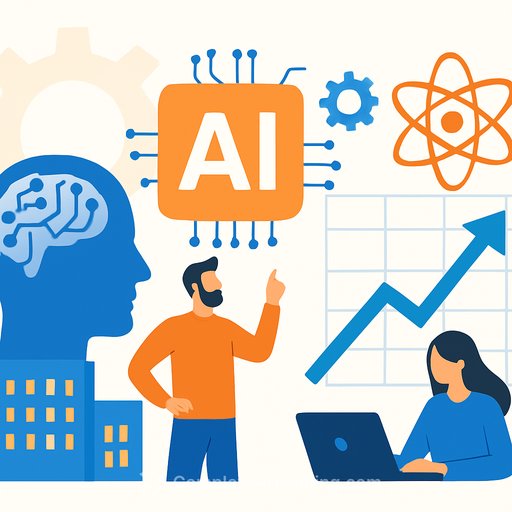Battlefield 6 draws a line on generative AI-for now
Battlefield 6 won't ship with AI-generated content at launch. Leaders at the studio say generative AI was only used in the earliest planning stages "to allow more time and more space to be creative."
VP and GM Rebecka Coutaz called the tech "very seducing," but says there's no practical way to fold it into most developers' day-to-day work yet. She remains optimistic: "If we can break the magic with AI it will help us be more innovative and more creative."
Design director Fasahat Salim echoed the stance: AI is "not anything to be scared of in our industry," and teams working at the "bleeding edge of technology" are used to change. The message is clear: use AI where it expands thinking; don't force it where it creates drag.
There's also business pressure in the background. EA is set for a $55 billion leveraged buyout with around $20 billion in debt, and investors reportedly want cost cuts-AI included. The studio's position suggests a guardrail: creativity first, AI as a tool, not a shortcut.
What this means for creatives
- Treat AI as an accelerator for concepting: briefs, moodboards, references, first passes-then move to human-led craft.
- Set "no-AI" checkpoints for quality and style lock. Use these gates to protect narrative, art style, and gameplay feel.
- Document prompts and style rules early. Create a single source of truth so your team stays consistent.
- Measure time saved vs. quality loss or gain. If AI isn't improving outcomes, pull it from that stage.
- Modularize your pipeline. If AI gets better later, you can slot it into pre-production without breaking delivery.
- Add IP and ethics checks. Keep training data, rights, and licensing clean.
A simple workflow you can borrow
- Define the creative brief and constraints.
- Use AI to generate broad options, references, and naming paths.
- Curate hard. Keep 10%, refine by hand.
- Flag risks: sameness, legal exposure, off-brand tone.
- Lock direction with a "no-AI" milestone.
- Produce with human craft; use AI later for utilities (spellcheck, alt copy, placeholder art) if it helps.
- Run a quality pass against your style guide and audience goals.
- Archive winning prompts and rules for reuse.
The risk and the upside
The upside is speed at zero draft. The risk is sameness, legal uncertainty, and extra overhead if you wedge AI into daily routines that don't benefit.
For big studios and creative teams, the smarter play mirrors Battlefield 6: AI for early exploration; human-led production until the gains are obvious and repeatable.
Further reading and training
Bottom line: Use AI to widen your thinking, not to replace it. Ship quality, keep your edge, and let the tools earn their place in your process.
Your membership also unlocks:






